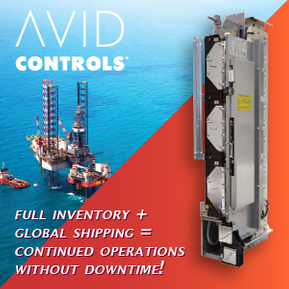High-Yield Shipping Bonds: A letter Mouse-Trap, Or Just A letter Trap
Until fairly recently, most ship financing was done through conventional bank lending. Putting considerations of scale aside, buying a ship was not too different from buying a house — the ship is collateral for the loan, the bank lends a conservative percentage of the ship's current value and the ship owner pays back the loan over a fixed period of time. A very important part of this process is the close relationship between the lending bank and the borrowing ship owner; it must exist before the loan is made and contiue for the life of the loan. This close relationship is both a safety net for the ship owner and an early warning system for the lender. With mutual cooperation and occasional midcourse adjustments, most ship loans are completed successfully.
A new form of ship financing, high yield bonds — "junk" bonds as they are generically known — has seized the interest of ship owners and underwriters and billions of dollars have been and will be raised from the international investment community.
Ocean shipping as an investment vehicle has been practically non-existent, at least in the U.S., for decades.
If the high yield issues are successful and only time will tell then investor interest in shipping will be stimulated and the availability of funds for new ventures and the expansion of existing companies will grow. If the bond issues are not successful, then shipping as an investment could return to the deep-freeze for a very long time.
Unfortunately, the signs are not encouraging.
The ratings agencies, primarily Standard & Poor and Moody's, have rated nearly all of the high yield shipping bond issues as below investment grade.
In the past, about 20 percent of issues so rated have defaulted within five years.
Further, the absence of the three factors that characterize traditional ship lending — sufficient collateral, declining loan balance over time and close relationship between borrower and lender — increases the probability of eventual investor unhappiness. Specifically: Absence of sufficient collateral: The value of a ship is a volatile number that fluctuates, widely and wildly, but eventually declines as a ship ages. In many cases, the value of the high yield shipping bonds issued far exceeds the present value of the ships involved. And this disparity will increase as the ships age, unless, of course, there is a program of fleet renewal. If the bond issuing company is profitable, then this gap between the fleet value and the value of the bonds is not serious. If, however, the company is not profitable, then the investor may be at risk because there will not be sufficient collateral to rely on in case of default. This was certainly the case in the Adriatic Tankers fiasco.




